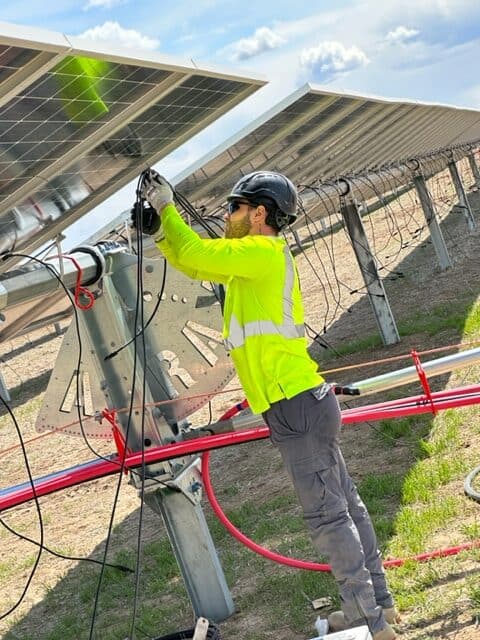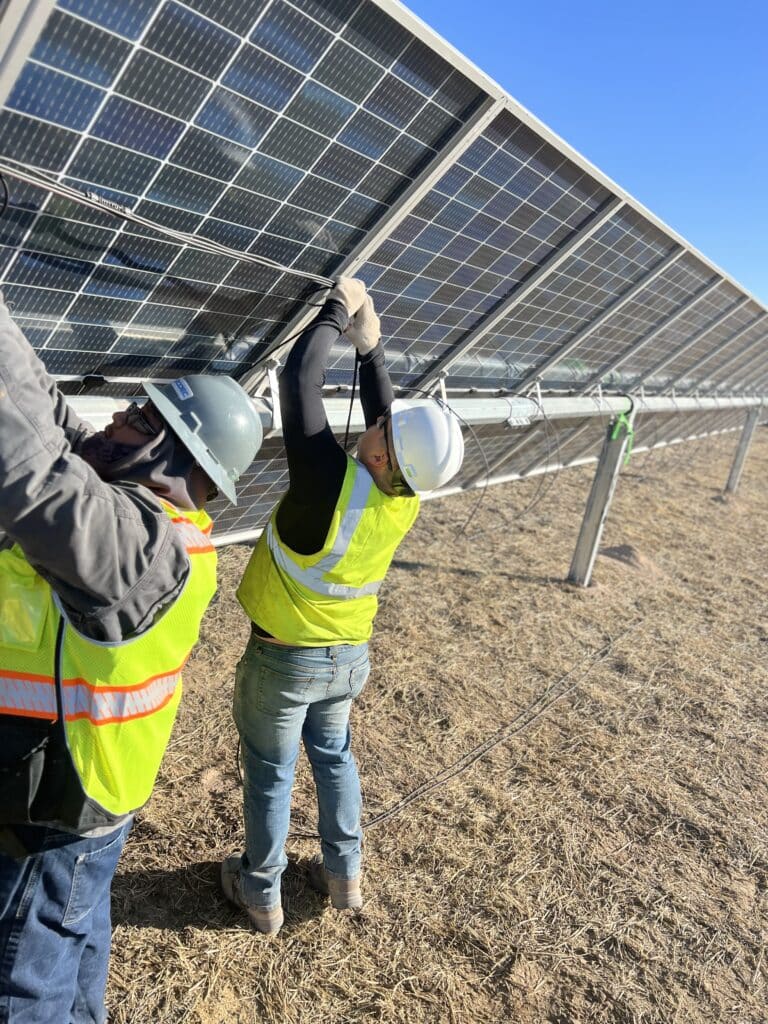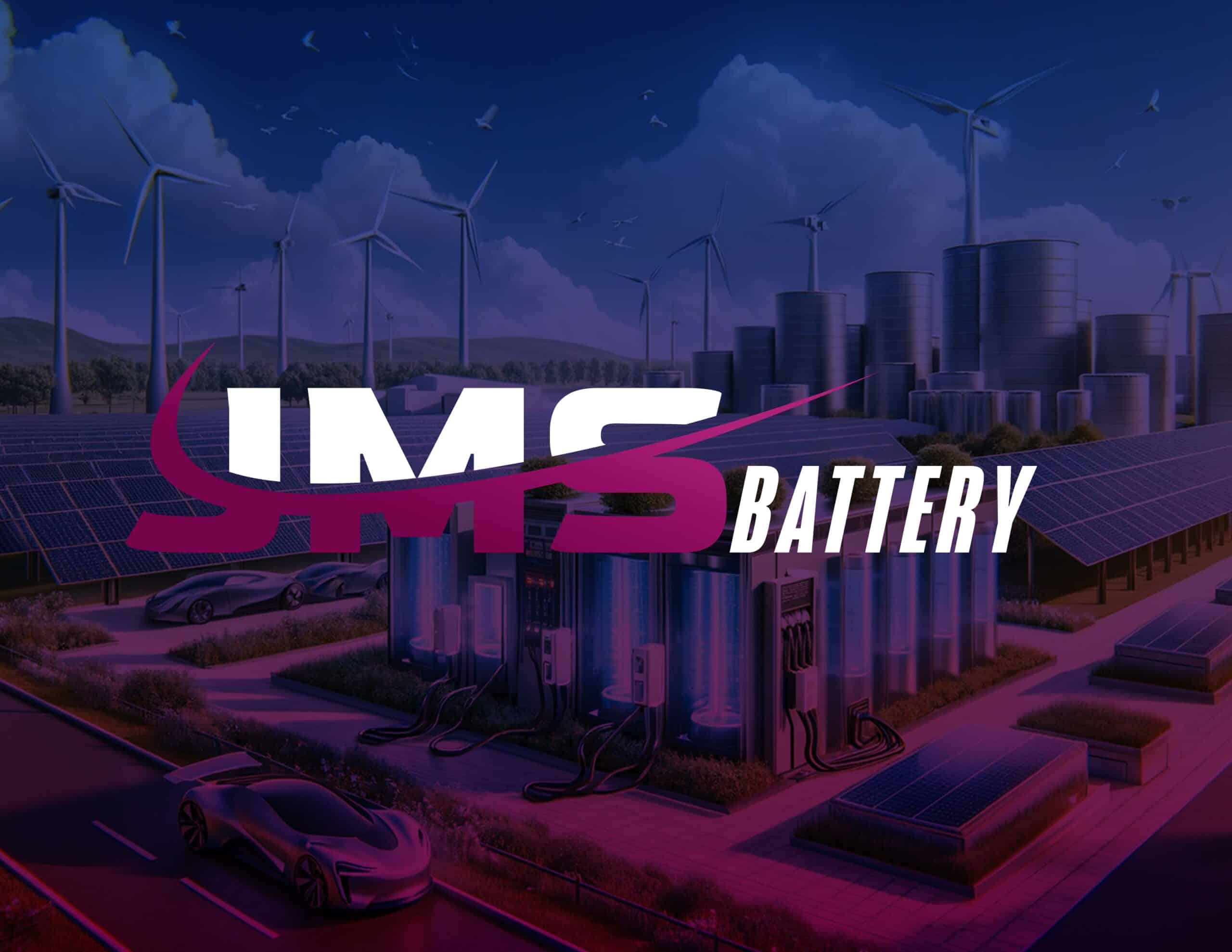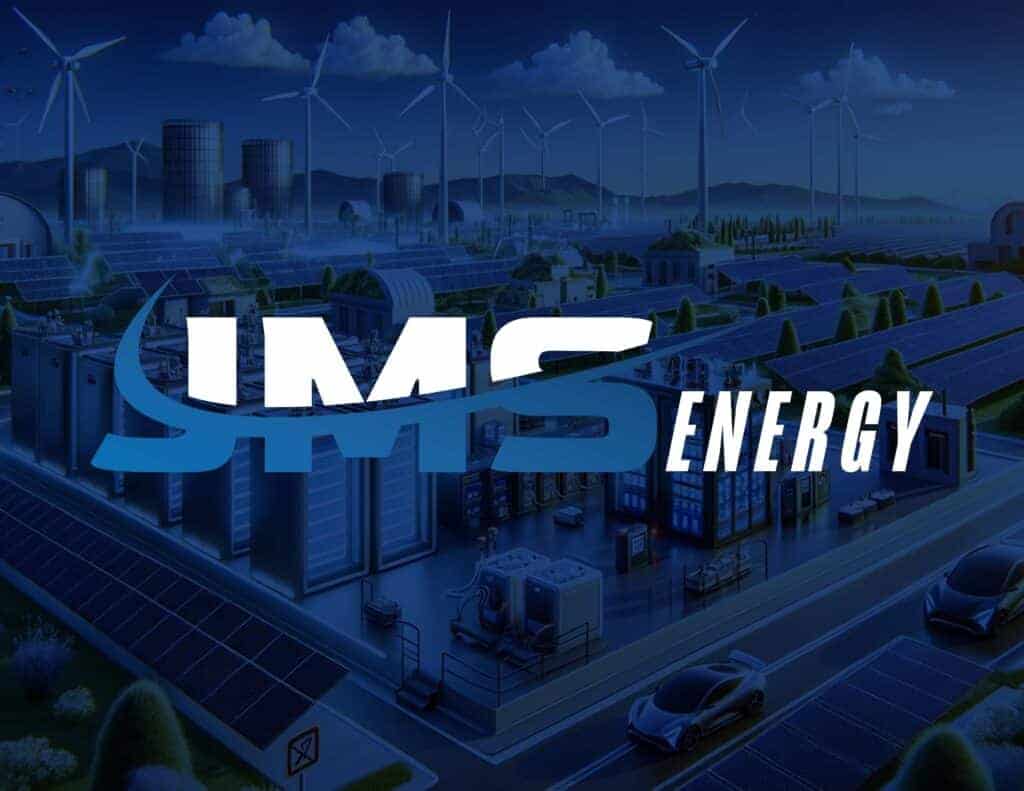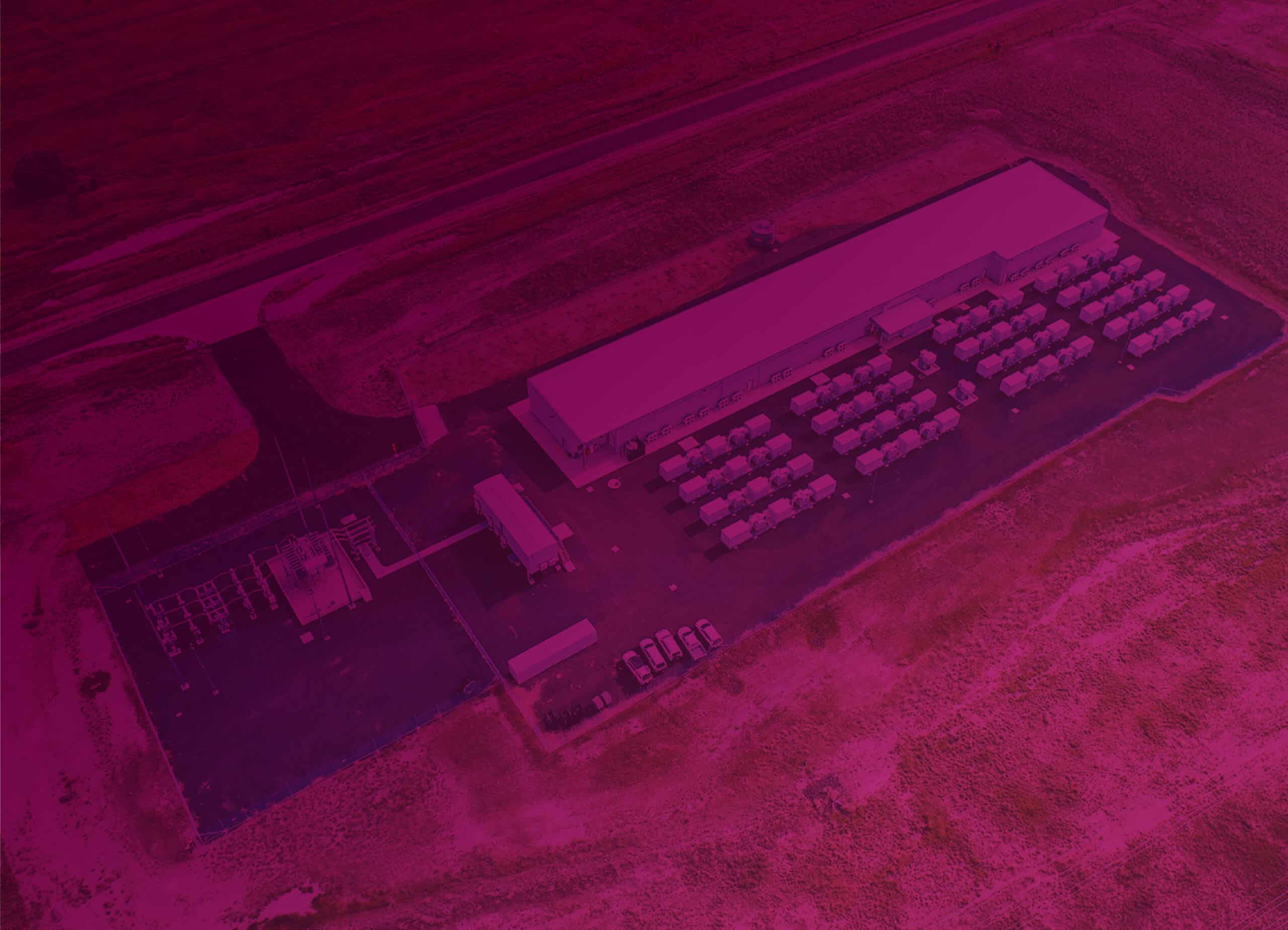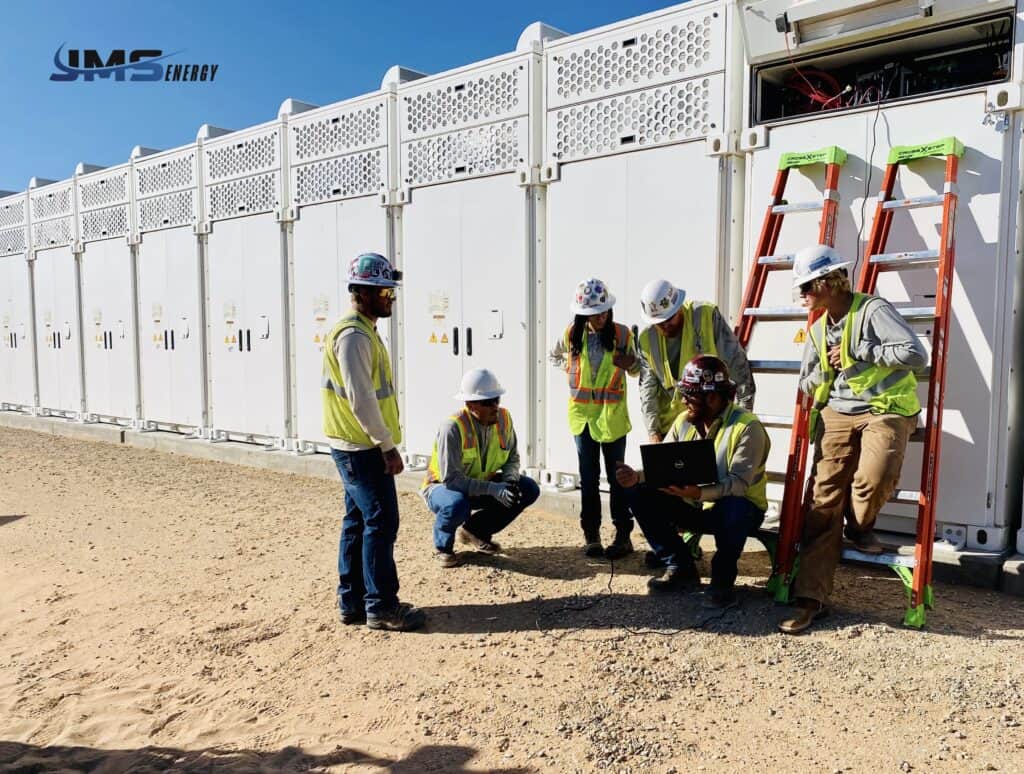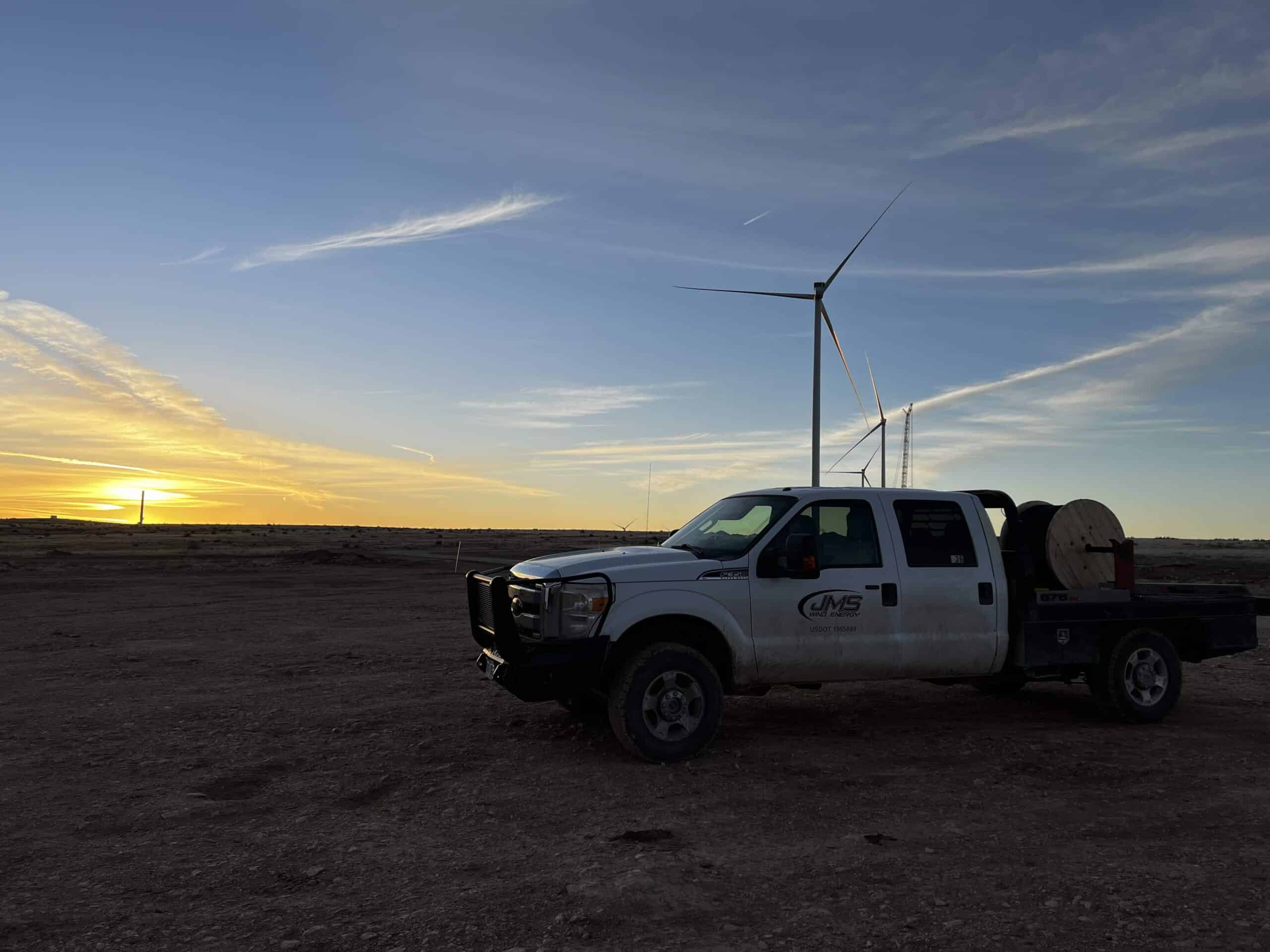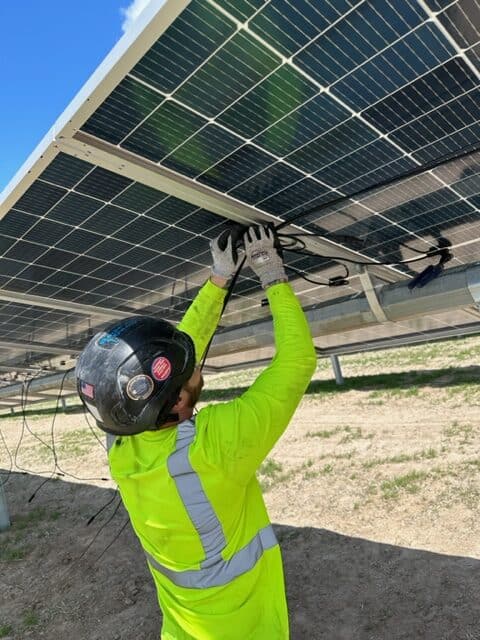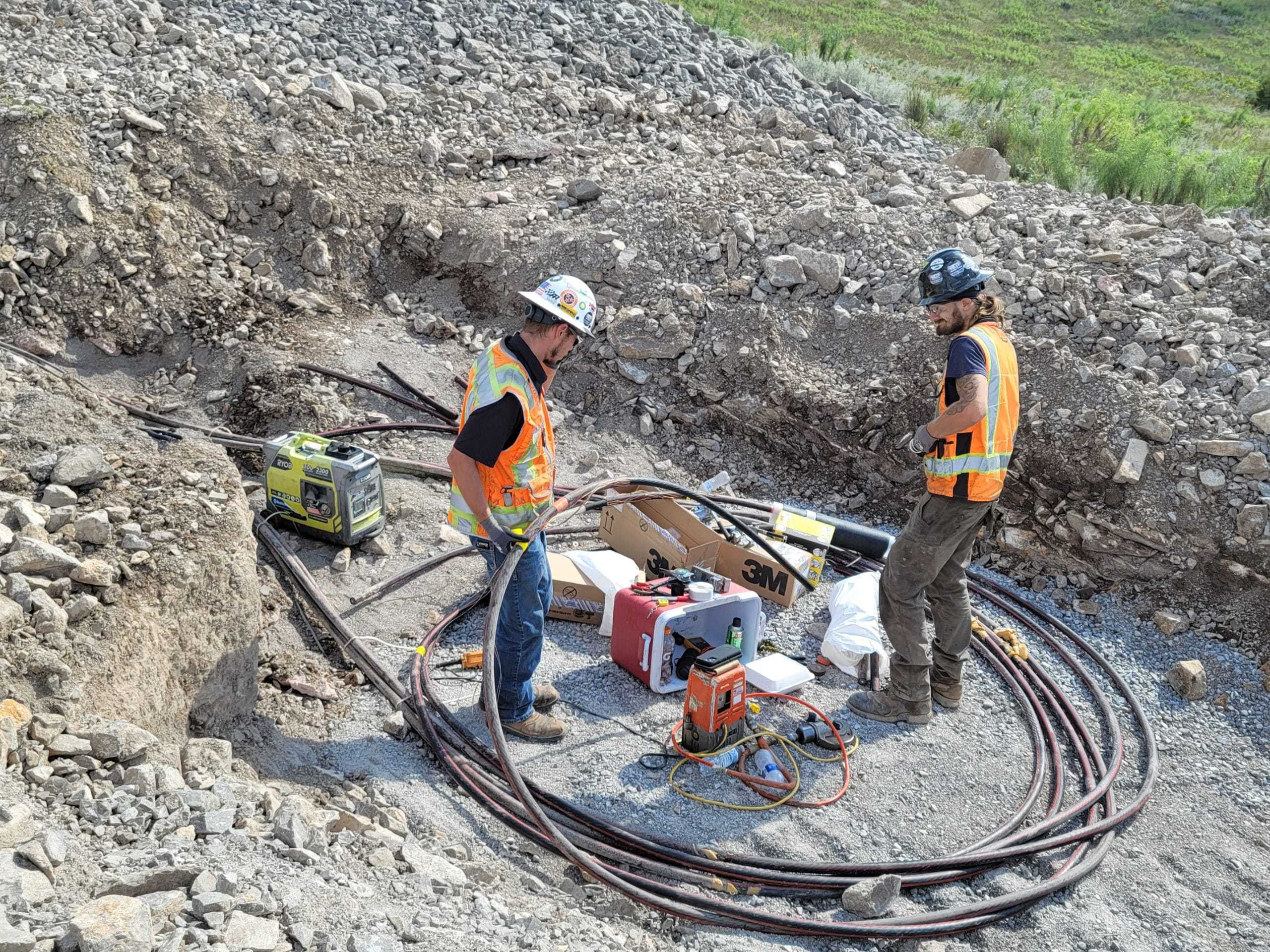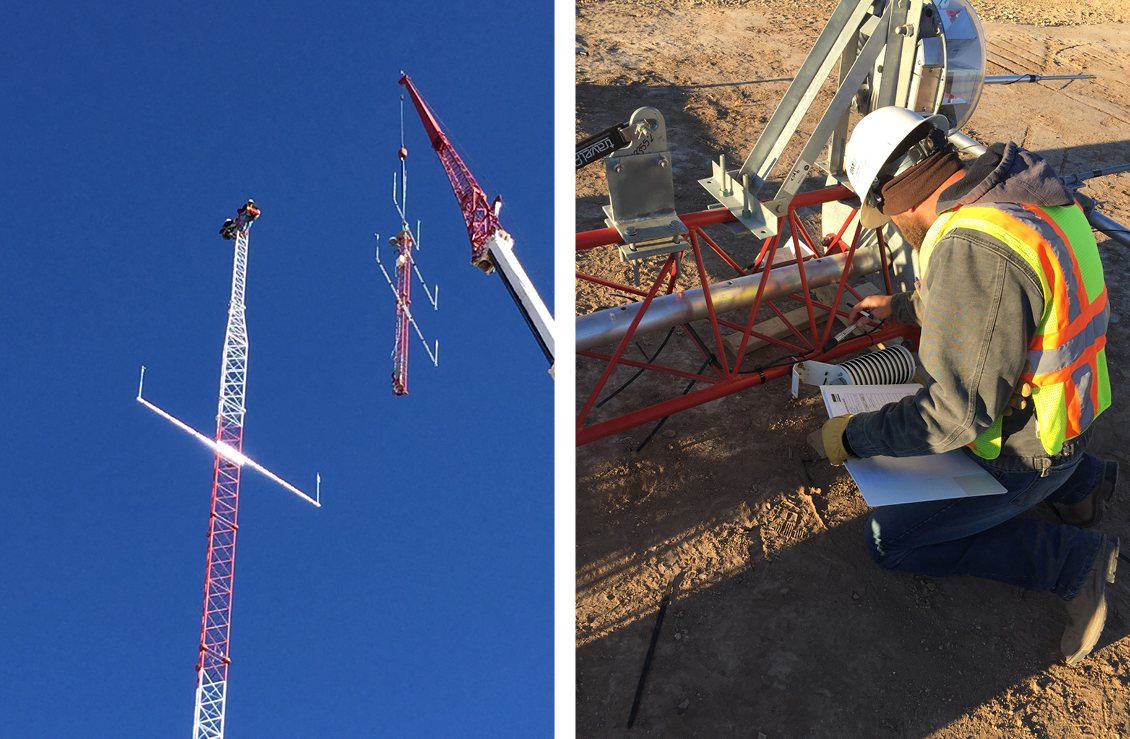Table of Contents
In the rapidly evolving world of energy, BESS Battery Energy Storage Systems are becoming crucial in transforming how we generate, distribute, and consume electricity. These systems are not only enhancing grid stability but are also empowering renewable energy adoption, making energy usage more sustainable and efficient. This blog, brought to you by JMS Energy, delves into the integral role of BESS and highlights five key advantages that these systems offer to the modern energy landscape.
What is BESS Battery Energy Storage Systems?
BESS Battery Energy Storage Systems refer to a technology that allows for the storage of electricity within a chemical battery, typically lithium-ion, during periods of low demand. This stored energy can then be released back into the grid when demand peaks or when renewable energy sources like solar or wind are not producing electricity. This functionality not only provides energy on-demand but also stabilizes the grid, making energy systems more reliable and flexible.
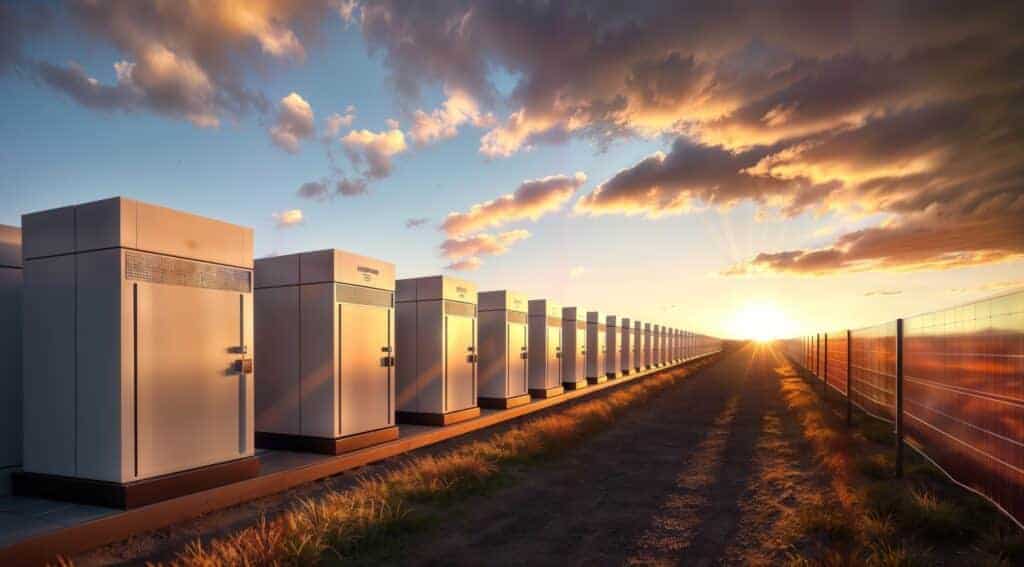
1. Enhancing Grid Stability and Reliability
One of the primary benefits of BESS Battery Energy Storage Systems is its ability to enhance grid stability. By storing excess energy during low demand and dispatching it during peak times, BESS helps to maintain a steady supply of electricity, thus preventing the volatility often associated with traditional energy sources and renewables that are dependent on weather conditions. This stabilizing effect is vital for preventing outages and ensuring a reliable power supply, a major boon for both utilities and consumers.
2. Facilitating Renewable Energy Integration
As the world shifts towards renewable energy, the intermittent nature of sources like solar and wind poses challenges for grid management. BESS acts as a buffer, absorbing excess production during peak generation times and supplying energy when production drops. This capability makes BESS Battery Energy Storage Systems a cornerstone technology in increasing the share of renewables in the energy mix, ultimately aiding in the reduction of carbon emissions.
3. Reducing Energy Costs for Consumers
BESS can also play a significant role in reducing energy costs. By enabling energy storage during off-peak hours when it is cheaper and releasing it during peak hours when prices are higher, BESS helps in managing energy costs more effectively. For businesses and homes equipped with BESS, this can lead to significant savings on utility bills, making it an economically attractive option in the long run.
4. Supporting Decentralized Energy Systems
The flexibility of BESS also supports the growth of decentralized energy systems, such as microgrids. These systems can operate independently from the main grid and are crucial during emergencies or in remote areas where grid connectivity is unreliable. BESS provides a reliable energy supply within these microgrids, ensuring that communities remain powered even when isolated from the main grid.
5. Paving the Way for Energy Market Innovations
Finally, BESS is paving the way for innovations in the energy market, particularly in the areas of energy trading and management. With the capability to store and release energy at optimal times, BESS allows energy producers and consumers to become active participants in the energy market. This not only opens up new revenue streams but also encourages efficient energy use and distribution, aligning with global energy sustainability goals.
Conclusion
BESS Battery Energy Storage Systems are proving to be a linchpin in the modernization of energy infrastructures globally. As these systems become more integrated into our grids, they are setting the stage for a more resilient, efficient, and sustainable energy future. At JMS Energy, we recognize the transformative potential of BESS and are committed to leveraging this technology to deliver superior energy solutions to our clients. Whether it’s enhancing grid reliability, integrating renewable energy, reducing costs, supporting decentralized systems, or driving market innovations, BESS is at the heart of tomorrow’s energy solutions.
About JMS Energy
At JMS Energy, we specialize in delivering cutting-edge energy solutions that meet the demands of today while anticipating the needs of tomorrow. With a focus on innovation and sustainability, we are dedicated to helping our clients navigate the complexities of the modern energy landscape. For more information on how we can assist with your energy needs, visit us at jmsenergy.net.








